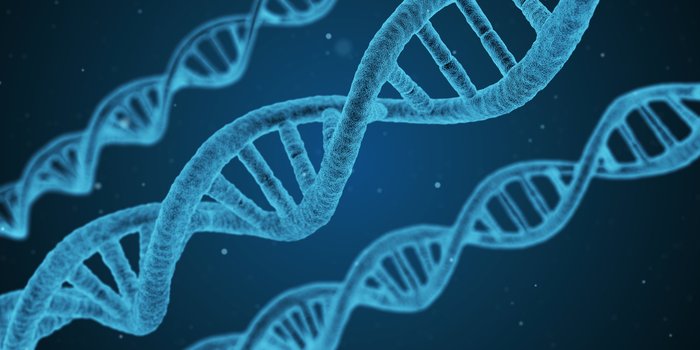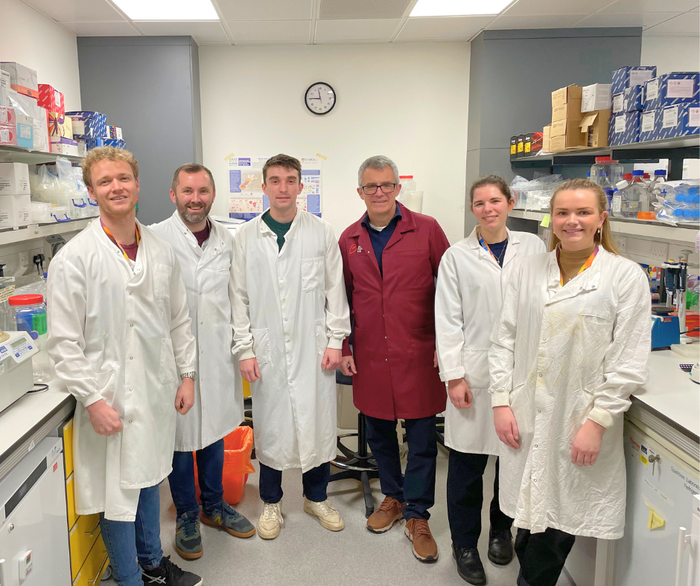Why some blood mutations appear later in life and why this matters for leukaemia
As we get older, our blood cells steadily accumulate changes in their DNA – these are known as DNA mutations. Most of these mutations are harmless, but some can increase the risk of blood cancers like acute myeloid leukaemia (AML) and myelodysplastic syndromes (MDS).
A new study from the University of Cambridge has helped explain one of the mysteries in this area: why certain blood DNA mutations don’t usually appear until later in life, and why they're so strongly linked with blood cancer. The answer lies in an unexpected relationship between such mutations and chromosome telomeres.
Understanding this gives us a new way to think about preventing or treating different forms of leukaemia."
- Dr Matthew McLoughlin
What are telomeres?
The DNA in all cells of our body is organised into 46 chromosomes. Telomeres are protective caps located at both ends of each chromosome. Every time a cell divides, these protective caps get shorter and can eventually become so short that the DNA gets damaged and the cell stops dividing. This is one of the ways our bodies naturally age.
It seems that some mutations in blood stem cells may be able to change the rules. They allow cells to keep going without their telomeres shortening.

What the researchers found
Professor George Vassiliou, led a team to look at genetic data from over 450,000 people in the UK Biobank. They found that people with shorter telomeres were more likely to have a type of blood mutation in genes known as splicing factor genes.
These mutations give blood stem cells a “boost” that lets them survive longer than their neighbours. The downside is that these cells can continue to divide, pick up more mutations, and in some cases progress to blood cancer.
Professor Vassiliou explained:
“Mutations in splicing factor genes appear to protect some blood stem cells from the consequences of telomere shortening, enabling them to continue dividing inexorably. This helps explain why these mutations emerge later in life, when telomeres shorten, and why they are linked to leukaemia.”
Why it matters
It is normal for blood stem cells to accumulate mutations with time and most of these do not cause cancer. Understanding which mutations are most risky and why, can help doctors spot people at higher risk and develop treatments to prevent cancer development.

If drugs can be developed that target the way these mutations affect telomeres, it might be possible to reduce the risk of blood cancers developing in the first place.
As Dr Matthew McLoughlin, one of the study authors from the Cambridge Stem Cell Institute, said:
“This work shows how telomeres influence our blood health throughout life. Understanding this gives us a new way to think about preventing or treating different forms of leukaemia.”
What’s next?
This is early-stage research, and we are still a long way from new treatments. But it’s another important piece of the puzzle to better understand how blood cancers develop with age, and raises hope that one day we may be able to prevent or delay them.
For those interested in reading science papers - you can find it here.
